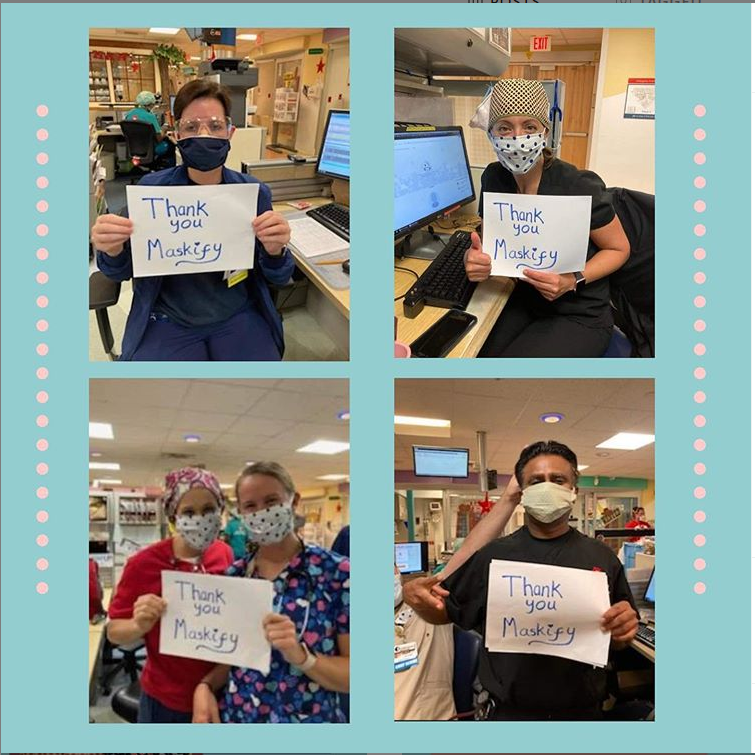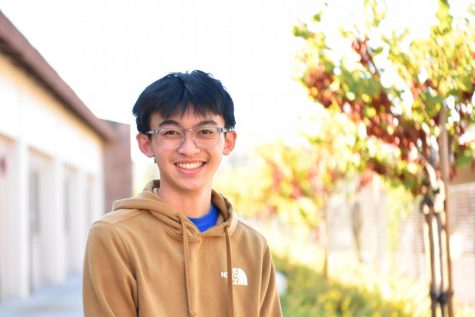Performative nonprofits: the good and the bad
Many student-run unofficial nonprofits are a result of the Silicon Valley’s competitive atmosphere
October 28, 2020
It’s surprising to see the initiative that students take in response to global events, especially the COVID-19 pandemic that began its attack on the United States in March of 2020. Within two months of the beginning of quarantine in the Silicon Valley, numerous student-led unofficial nonprofits sprung up on Instagram, all rallying the community to help fight the pandemic. Three such organizations, The Mask Task Bay Area, Project Maskify and Masking a Difference, decided to tackle the lack of protective masks in hospitals and for essential workers. The Mask Task Bay Area was founded by MVHS students, and all three organizations involve MVHS students.
Such a large number of students coming together to work towards a common goal is a positive thing and some of these organizations have even pushed their influence beyond the Bay Area. Masking a Difference has chapters in the South Bay and the East Bay, and it even has a chapter out as far as Texas.
All of these organizations are spreading their messages throughout social media and their websites, displaying similar mission statements: “We hope to bring the community together to provide PPE (protective equipment) to those who need it,” states Masking a Difference. The other two groups follow suit with similar statements. Their social media accounts and websites match their statements, showing volunteers delivering and making hundreds of masks.
However, the sheer amount of these similar organizations in the same area is room for some skepticism – why do so many organizations need to be created in the same area for such a similar purpose? The answer can be found in the pressure cooker that is the Silicon Valley. COVID-19’s impact and shelter-in-place restrictions only added to the pressure, and students inside the pressure cooker felt the need to push back. It can be argued that the competitive Silicon Valley high school environment that MVHS happens to be in is at the center of this cooker.
There is encouragement to found an organization rather than join an existing one for the same cause because of the extra brownie points given by a fancy “Founder” or “Chief Executive Officer” title, and it doesn’t help that college admissions officers widely regard starting an organization as a display of initiative, one of the largest extracurricular edges. The amount of these organizations could be explained by this environment and could be more realistic reasoning than “doing it for good.”
Even social media accounts can be examined with scrutiny. In an environment like Silicon Valley schools, posts showing volunteers and introducing team members can be seen as part of individual student groups competing against each other, each trying to boast that they’re “doing more” for the community.
Of course, this is a very critical lens used to look at these organizations. Even if an organization’s founders create it for the purpose of gaining a competitive edge during admissions, the experience gained from starting, managing, recruiting and doing good in general is extremely valuable.
And at the end of the day, the good that any group does for a community isn’t lessened by whatever its motive for being created was. A mask made by a group of people doing something for their college application and a mask made by a group of people doing something because they believe it will truly help someone will protect a nurse just the same. A box of a hundred masks is still a box of a hundred masks, and the essential workers who risk their lives will appreciate it nonetheless.
Whether or not they want to see an organization as performative is for the onlookers to decide, but whatever conclusion someone comes to, the good these groups do doesn’t change. A new organization isn’t going to hurt anyone, and if anything, more masks will protect more people. It can be a seemingly viscous cycle in a competitive environment, that, nonetheless, has consistent positive impact. Either way, the communities and people that gain from these are grateful.



















